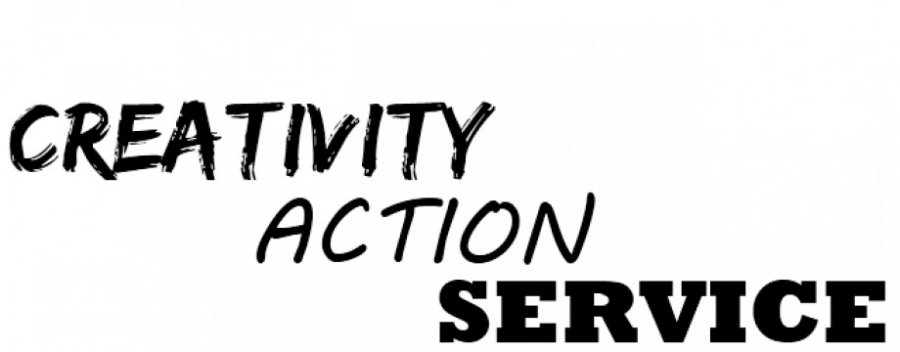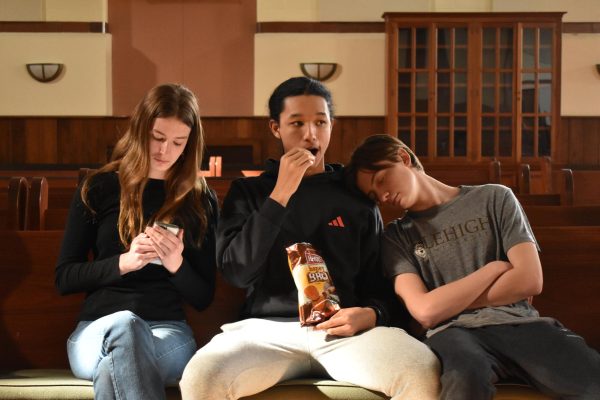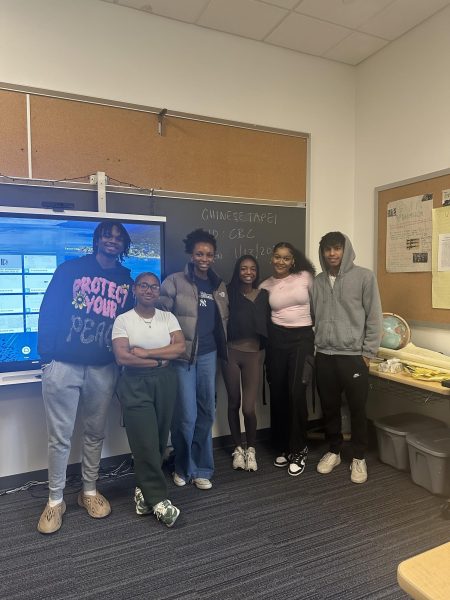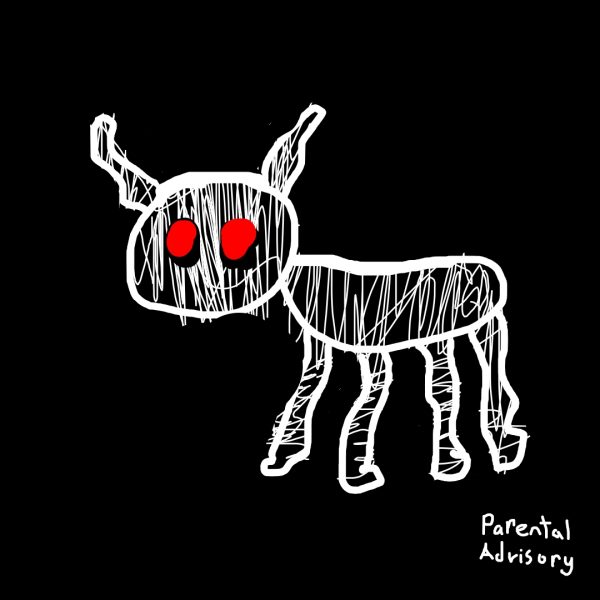Wilmington Friends IB Students Take on CAS
Every year, Friends IB seniors must take on a project that involves either creativity, activity, or service. This project is designed to add something new to the community, such as a service or an event. Many students use this project as an opportunity to explore areas of interest or to give back to a community that serves them.
Head of upper school, Rebecca Zug, provided the history behind the project: “A few years ago, the IB program added an element to the Creativity, Activity and Service requirement: each student should design and implement an event or activity (not just participate, in other words).” Zug continued to explain the reasoning for CAS: “IB believes that designing and implementing something new helps students practice the skills of organization, innovation, leadership and follow through. As with all CAS activities, IB students also are to reflect on what they learned from the experience!” In other words, CAS projects are an opportunity to implement some of the values that IB encourages: ambition, leadership, and vision. Zug went on to describe some past projects from WFS students: “CAS projects range from creating a swimming class for young inner-city children, to starting a multi-generational book group, from building and installing birdhouses at a local park, to collecting soccer equipment to donate to needy children in the Dominican Republic. CAS projects can be done in groups, not just as an individual.” WFS students don’t bat an eye at this requirement because they are already skilled as leaders. They are pretty busy, though, so it is important that I talk to them early in their journey as a diploma candidate so that they can plan ahead.
Michael McKenzie ’19 completed his project early. He remarked: “Last summer, I founded a swim-a-thon at the Elks Swim Club to benefit the Andrew McDonough B+ Foundation, an organization which supports families as they care for a child with cancer. In addition to many hours of preparation, organization, and coordination, I sold B+ gear, received donations, and spread the foundation’s message to “Live Like Andrew,” for B+ is “not a grade. It’s an attitude.” Therefore, CAS provides an opportunity to make a difference and serve a good cause. McKenzie continued: “Seventy-six people participated in the event, swimming more than fifty-six miles and raising over $3,465 for the foundation throughout the day. In the process, the Elks Pool, Lodge, and Swim Team communities connected around a common cause. That day, speaking with two parents who lost their children to cancer, I gained a better perspective on the importance of these events. I discovered it gives hope to both children, who are facing their own mortality, and their parents, who would gladly trade places with them.” In addition to being able to make a difference, McKenzie was able to gain a valuable perspective on the world. Clearly, McKenzie’s CAS project was a valuable experience both for the charitable organization he served and for himself. However, without the CAS requirement, it is possible that the swim-a-thon would never have happened. McKenzie admitted: “Honestly, I wouldn’t have considered putting all the work in to finding this event if I hadn’t needed to fulfill a CAS requirement, but I really enjoyed the event and am looking forward to continuing it in the future, even though I no longer have a requirement to fulfill. I think that organizing something like the swim-a-thon has shown me that I have the ability to create an original, new event and the experience gained from organizing it will continue to help me in the future.” For McKenzie, it appears that CAS provided the push to create something valuable that will (hopefully) continue for years to come.
Danny Nakamura ’19 also took the opportunity to serve an organization. Nakamura explained: “For my CAS project, I led the construction and installation of 70 birdhouses for Mt. Cuba. There were 58 houses for bluebirds and 12 for wood ducks.” Nakamura went on to explain his takeaway from CAS: “If I learned anything from that project, it was how important preparation and planning are. It would have been way more painful if I hadn’t built jigs (templates) for the houses before we started.” It seems that Nakamura learned a valuable lesson that he can take with him for projects in the future. Always the contrarian, Nakamura also took the stance: “I understand why we have CAS projects, but I’m not sure they’re that valuable. It’s a good way to expand someone’s horizons, but if they’re the kind of person to do IB they’re probably the kind of person who does projects like that anyway.” Perhaps more non-IB people should be pushed to do a project such as this!
Based on interviews with Zug and IB students, it seems that CAS is an opportunity to take on a project that IB students would not normally do. Whether it’s community-building, creativity-inspiring, or service-oriented, CAS provides the push to make a difference. Even though some students consider it tedious, CAS is a valuable component to our curriculum.






































